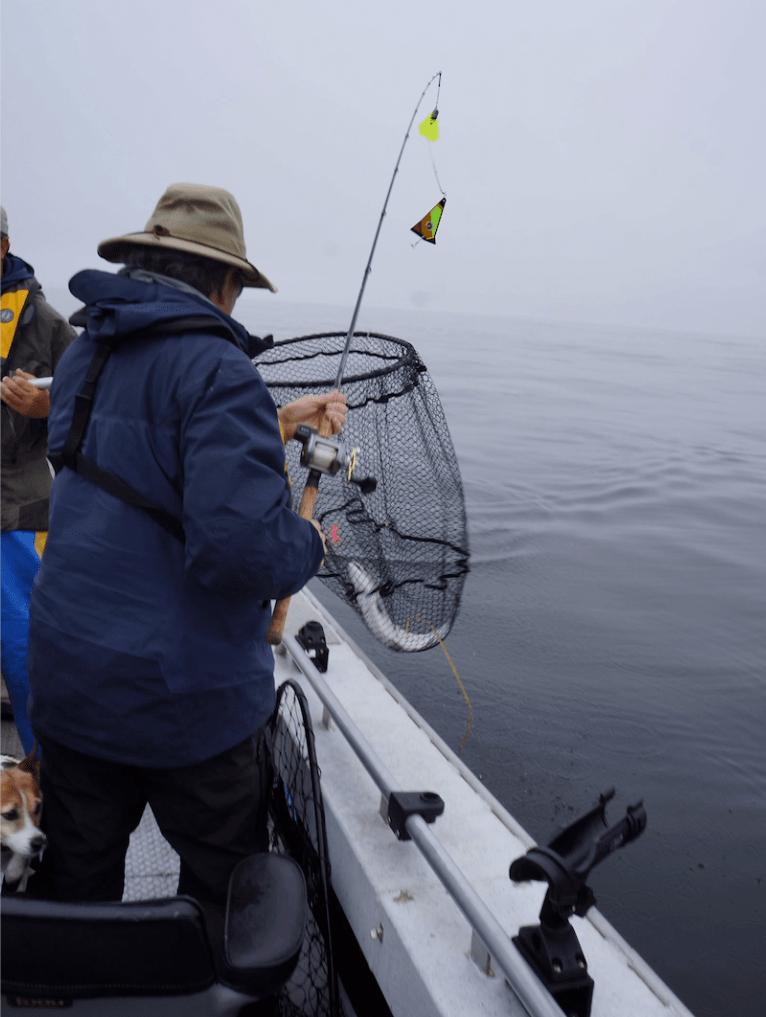Well, considering the 1.7 million coho are likely to be mostly hatchery produced fish the mark rate should be pretty high. Here's what they say about their hatchery mark rates:
Today, virtually all coho and Chinook salmon produced in Washington hatcheries -- including those raised in federal and tribal facilities -- are mass-marked by clipping the small adipose fin near their tail. This strategy has revolutionized salmon management and provided an indispensable tool in the broad-based effort to recover wild salmon stocks throughout the region.
Prior to mass-marking, restrictions imposed by new ESA listings threatened to close or greatly curtail historic salmon fisheries throughout the region. In addition to the recreational and cultural values involved, the potential loss of fishing opportunities presented a severe economic threat to fishing families and entire communities, especially in rural areas of the Northwest.
Once mass-marking was established, fishery managers were able to mitigate that situation by creating a growing number of "mark-selective fisheries," which require fishers to release any unmarked -- presumably wild -- salmon or steelhead they encounter. These rules protect wild salmon, while permitting fishers to retain hatchery fish produced for harvest.
WDFW employs mark-selective rules in recreational fisheries throughout the state, and is expanding their application in commercial fisheries on the Columbia River under a broad-based reform measure jointly approved by Oregon early this year. The impacts of these fisheries are closely monitored and subject to strict federal limits.
As far as retention of wild unmarked coho is concerned, the standard approach to managing the coho opportunities has been to allow retention of wild unmarked fish inside terminal areas such as Barkley Sound, but not outside waters. The main rationale is the attempt to protect Interior Thompson coho and keep exploitation below 3%. There hasn't been a lot of in depth discussion regarding run timing and stock composition risks for opening offshore waters to wild retention later in the season (after Sept 1). Most of the Interior coho should be entering the Fraser by September, so the risks of allowing a wild retention fishery are reduced. Would be a good conversation and opportunity to have - especially because very few Canadian produced hatchery coho are actually marked.


